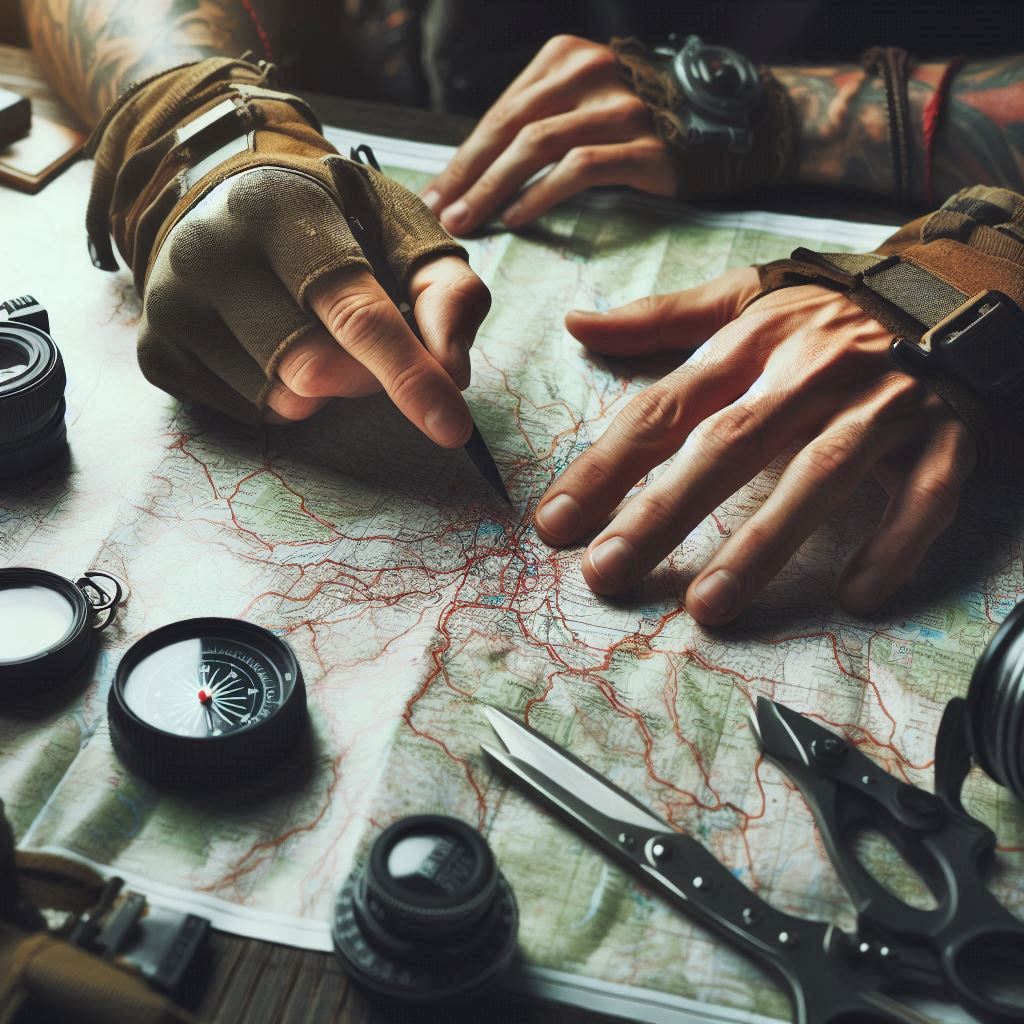Exactly What is a “Panic Button”?
We’ve all experienced those moments when a situation feels unsettling, that instinctive tightening in your chest, that subtle voice whispering, “something’s not right.” It’s almost as if your body possesses an internal “panic button,” alerting you to potential danger. However, what if, instead of succumbing to panic, you could activate that feeling, transforming it into a proactive response? This isn’t about fostering fear; rather, it’s about cultivating empowerment. Within this post, we will explore real-life, practical safety tips designed to assist you in staying alert, trusting your instincts, and taking decisive action, thereby ensuring you feel more secure and in command, regardless of your location. Let’s begin unlocking your inherent safety mechanisms and embark on a journey of preparedness.
Recognizing Your Internal Alarm System a.k.a. the “Panic Button”
First and foremost, it is essential to understand how to recognize your personal “internal alarm system”. Your internal alarm system, is not a physical switch that can be flipped, but instead a complex combination of both physical and emotional cues. These indicators can manifest as a heightened heart rate, increased perspiration, a general sense of unease, or even a deep-seated gut feeling. Therefore, it’s crucial to learn to recognize your unique responses to potential threats. It is equally important not to underestimate the significance of intuition. Often times, that nagging feeling that something is wrong is surprisingly correct. Consequently, you should not dismiss your intuition, as it represents your subconscious mind picking up cues that your conscious awareness may overlook. Once you acknowledge your “internal alarm system,” it is paramount that you trust it, and it’s always better to be over-cautious than to ignore a valuable warning sign.

Proactive Safety Strategies
Now that you understand how your body tells you when you need to be more aware, we can look into proactive safety strategies that you can take. Thus, before you head out, consider your route. Are there well-lit, populated areas? If you find yourself traveling in unfamiliar territory, it would be wise to familiarize yourself with your surroundings in advance. Furthermore, it’s good practice to share your itinerary. In doing so, it’s recommended that you share your plans with either a friend or family member and include your destination and expected return time. Consider leveraging location-sharing apps or regularly checking in with them as well. It’s also vital to maintain a fully charged phone because this is essential for communication in the event of an emergency. If you anticipate being away for an extended period, consider using a portable charger. Finally, it is beneficial to know all escape routes. Whenever you enter a building, be sure to identify emergency exits and alternative routes. Having knowledge of all your options can provide a significant advantage.

Want to learn more about staying safe in everyday situations? Subscribe to our newsletter for actionable tips, strategies, and tools delivered directly to your inbox! For starters, we’ll give you a copy of our “ACTIVE SHOOTER RESPONSE CHECKLIST”
Maintaining Heightened Awareness: Prepping the “Panic Button”
Once you’ve prepared, next is heightened awareness, which includes being present in the moment. In this regard, be aware of your surroundings. It is important to notice who is nearby. Take note of other people’s body language, and if anyone seems to be watching you or acting suspiciously. Distractions, likewise, should be avoided. Keep your eyes up and off your phone while walking or waiting in public areas, because this makes you a less vulnerable target. In addition, you should project confidence. Walking with your head held high and making eye contact can create an image of self-assurance. Also, it is important to trust your instincts. If a person, location, or circumstance triggers any discomfort, leave immediately. Your safety is far more important than being polite, or worrying about offending someone.

Verbal Self-Protection Techniques
Beyond awareness, verbal self-protection is also essential and includes using your voice as a deterrent. First, be firm and assertive. Communicate with confidence and clarity using direct phrases, such as “Leave me alone,” or “Please step away.” Don’t be afraid to adopt a strong, decisive tone. Then, create physical distance while speaking, move away to increase the distance between you and the potential threat, which provides a tactical advantage and allows time to escape if the situation escalates. Also, don’t underestimate the power of “no,” when someone is making you feel uncomfortable. Saying “no” is a basic, yet extremely powerful method to assert boundaries. Finally, avoid getting drawn into an argument, especially with someone who displays aggression. If a conversation begins to escalate, focus on removing yourself from the situation safely.
A self-defense course can significantly improve your safety and confidence.
Enhancing Your Physical Readiness
While awareness and verbal strategies can help to avoid conflict, having basic physical self-readiness skills can be helpful as well. Simple strikes can be employed that target vulnerable areas, such as the eyes, nose, throat, and groin. These techniques are easy to learn and can prove to be highly effective. One move that is easy to learn is the palm heel strike to the nose, which can be a powerful deterrent and does not require much training. When physically defending, remember that escape strategies should be your primary goal, and that the aim is to create an opportunity to escape, not to engage in a drawn-out fight. Practice these techniques repeatedly, so that they become second nature. It is recommended that you consider taking self-defense classes, because those provide valuable hands-on training and teach practical methods to defend yourself.
Utilizing Technology for Personal Panic Button
And lastly, technology can also assist in activating your “panic button”. Personal safety alarms, for instance, are readily available, and these small devices can emit a loud siren that will draw attention and deter attackers. It is best to always carry one either on your key ring or purse for easy access. Additionally, emergency contact apps are very helpful tools. These types of apps will alert your emergency contacts, as well as share your location, when a built-in “personal security system” is activated. These apps can be an invaluable lifeline in emergencies. Moreover, consider using location sharing apps, which can share your location with trusted friends and family members. Also, using a geo-fencing feature can notify your contacts if you enter an unfamiliar area or travel outside of a specific zone. Lastly, think about wearable safety devices. These can discreetly notify your emergency contacts, or even law enforcement, if necessary.

“Consider a personal safety alarm for extra security. This small device can create a big impact.
Therefore, activating your “panic button” isn’t about succumbing to fear, but rather about staying prepared and proactive. Through recognizing your body’s signals, maintaining awareness of your surroundings, and utilizing readily available tools, you can take control of your personal safety and navigate the world more confidently. Stay alert, stay safe, and never forget that you are, at the end of the day, your greatest advocate.
“Download our Safety Checklist“: Get a handy checklist for personal safety. Download it today.

